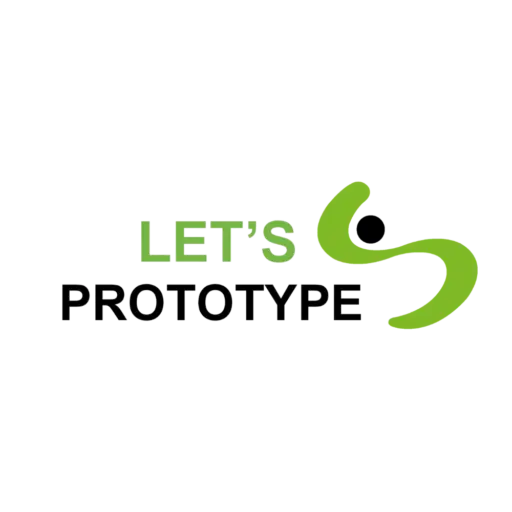Baseball analytics is just one of the examples of prototypes based on Machine Learning technology, which are increasingly common in our technology product design laboratory. The truth is that our main clients for custom IoT product development, as well as custom wearable elements, are sports companies looking to make a difference in the market through intelligent prototypes.
In this prototype example, "Baseball Analytics", the initial objective of the inventors was:
To achieve an innovative and affordable product that provides a fundamental quantitative analysis of batters' swings in different scenarios, allowing for the study of movements, mechanical movement metrics, and delivering guidance to correct poor practices in their batting training sessions.
This is a common objective in IoT product examples with Machine Learning capabilities that we have developed at Let's Prototype for other sports, specifically racket sports such as Tennis and Padel.
Building on our experience designing custom wearable products, we proposed the development of a bracelet capable of managing a set of sensors that provide highly relevant and precise insights into the mechanical movement performed. In addition to the data collected by the Wearable IoT device, other personal, physical, weight-related data, etc., was also gathered through a custom-developed app, which in turn allows for a complete pattern of athletes' behavior in different scenarios.
Once the mathematical model for the machine learning system, developed exclusively for this prototype, is calibrated, the data of correct movement types are parameterized, as well as the ability to compare descriptive data of the batter's mechanical movements with data from batters who, with very similar physical characteristics, achieve highly relevant results in baseball.
In this way, on the mobile app, users of Baseball Analytics and their coaches can graphically see the differences and percentage of similarity between their mechanical movements and those of professional players with highly refined batting techniques and results.
